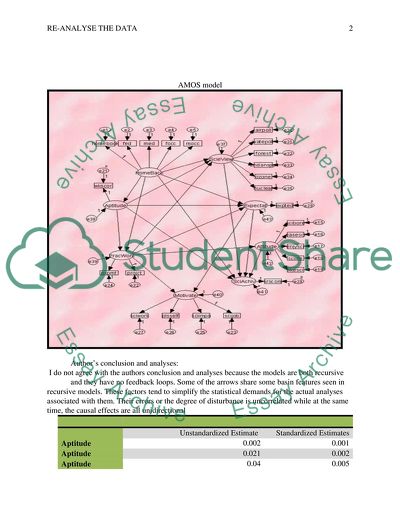Cite this document
(“Re-analyse the data from Buhs, E.S., & Ladd, G.W. (2001) Assignment”, n.d.)
Retrieved from https://studentshare.org/psychology/1589198-re-analyse-the-data-from-buhs-es-ladd-gw-2001
Retrieved from https://studentshare.org/psychology/1589198-re-analyse-the-data-from-buhs-es-ladd-gw-2001
(Re-Analyse the Data from Buhs, E.S., & Ladd, G.W. (2001) Assignment)
https://studentshare.org/psychology/1589198-re-analyse-the-data-from-buhs-es-ladd-gw-2001.
https://studentshare.org/psychology/1589198-re-analyse-the-data-from-buhs-es-ladd-gw-2001.
“Re-Analyse the Data from Buhs, E.S., & Ladd, G.W. (2001) Assignment”, n.d. https://studentshare.org/psychology/1589198-re-analyse-the-data-from-buhs-es-ladd-gw-2001.


